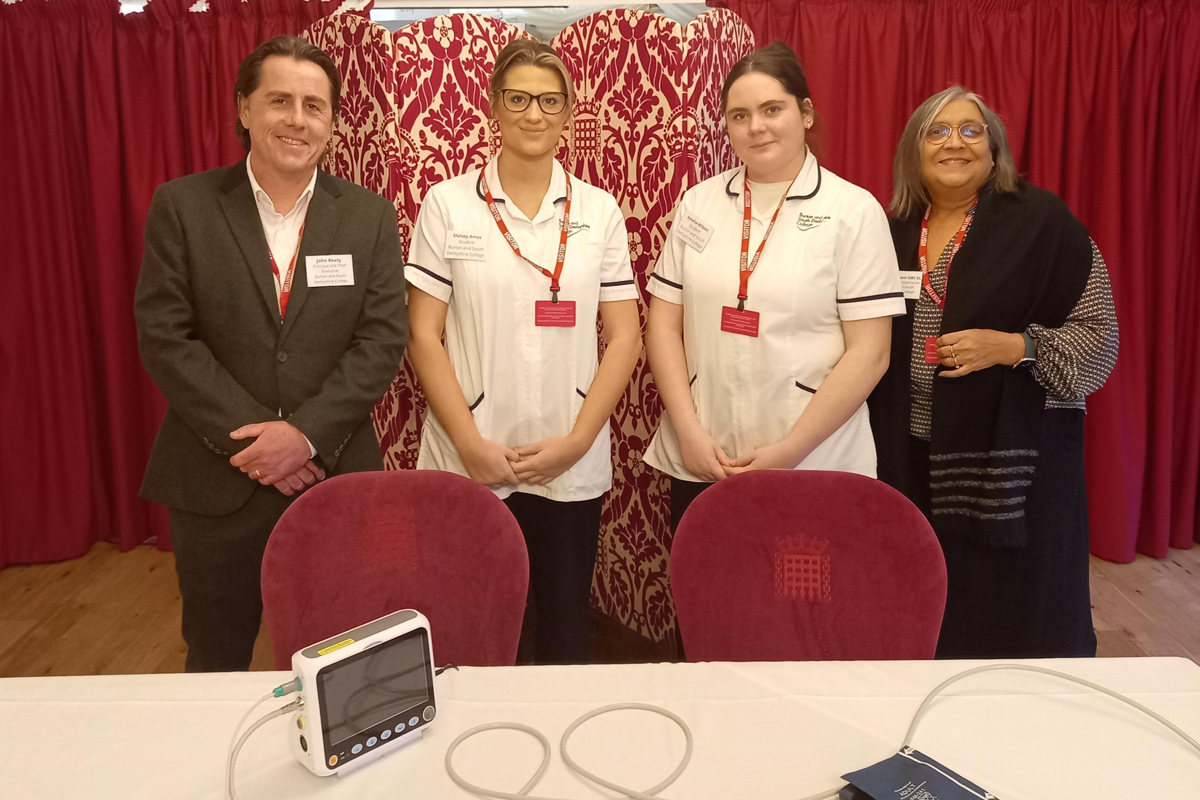Helping further education students speak up in class

Many further education (FE) lecturers will have experiences where students are reluctant to speak up and ask for help.
Whether to answer questions or flag confusion, some students may not feel comfortable speaking in class.
But getting students to communicate with teachers and their peers is critical to their success – and this is as true for adult learners or apprentices as it is for any age group.
New AI-enabled technology that engages students in class can help overcome the fear of speaking up, improve progress and ultimately restore the joy of learning.
A fear of speaking up
Some students can be reluctant to speak up in class. Such students may be naturally shy, fearful of judgement from their peers or not enjoy communicating verbally.
However, this can lead to a lack of engagement from those who remain quiet. By not actively engaging in the lesson students may fail to think about what they are learning.
On another level, with classes of 30 or more students, FE teachers and lecturers may miss those pupils who have not yet understood the subject matter or material.
But failing to understand at the time only stores up problems for later – for both the student and the teacher.
Jeopardising understanding, endangering performance
There are several drawbacks when students don’t speak up in class.
First, it can be difficult for the lecturer to build relationships with their students without some method of communication and interaction.
Moreover, a lack of such connections weakens the culture in class and ultimately inhibits learning.
Second, numerous studies show that active learning by answering questions, discussing thoughts and engaging in class has been shown to help students think critically – a key skill for both education and work.
Such active learning significantly increases academic performance.
Third, without discussing issues in class, students may fail to solidify what they have learnt.
So, if students don’t speak up and engage in class, they may fail to understand what they are learning and not perform at their best, jeopardising their studies and overall performance.
New ways of speaking up
So, students must speak up and engage in class but speaking up doesn’t only mean shouting out.
There are several ways for students to engage in class.
New AI-enabled technology that asks students questions about what they are learning can provide a different method to engage them and help them communicate with their lecturers.
Some learners are more likely to ask questions and flag when they don’t understand via an app or platform rather than raise a hand.
We’ve now conducted pilots with hundreds of teachers and thousands of students.
Our pilots show that by providing another means of communication, less confident students are more likely to interact with their lecturer and ask when they don’t understand. In all pilots, student engagement and performance have improved.
For instance, in a pilot with 17- and 18-year-olds, many said that seeing their performance in real-time showed them where they needed help.
And, because the tool allowed them to communicate with the teacher via online messages, they became more confident in asking for help. Overall, student progress and attainment increased by 15 per cent.
Active learning
What’s more, by using such AI-enabled technology to ask regular questions, student must engage in what they are learning, despite not speaking out loud.
This helps ensure everyone can learn actively, whether they choose to speak up or engage through the app or platform.
Moreover, such AI technology helps provide teachers with the information they need to see which learners understand and which don’t. This helps lecturers to reteach material or provide additional help as needed.
Overall, by helping students to speak up, their engagement, understanding and performance improve.












Responses